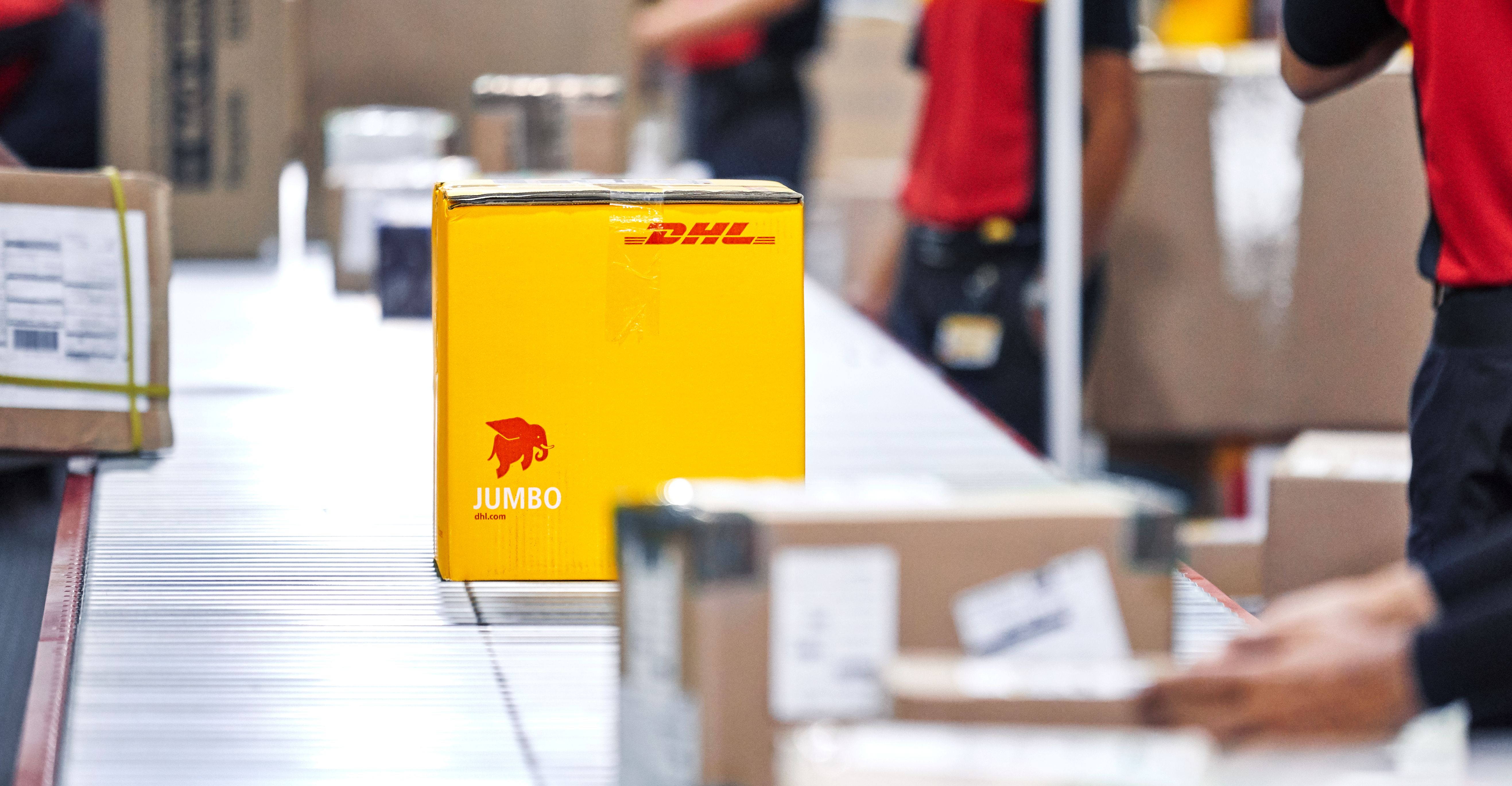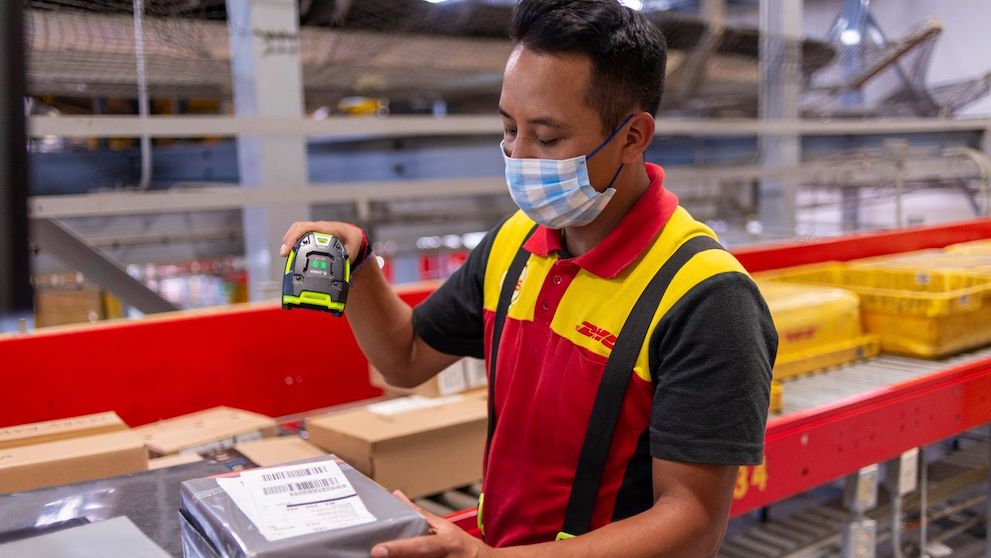Is your e-commerce business truly prepared to deal with demand surges? If not, you could have some very disappointed customers on your hands. Read on for our top tips on how to prepare for the unpredictable.
Running a successful e-commerce business is all about managing supply and demand. There’ll be peak periods to navigate that are easy to predict and plan for (Black Friday, Christmas etc.), but what about unexpected demand surges? A new trend, a popular influencer mentioning a certain product, or a celebrity spotted wearing an item, could all send customers flocking through your online doors to look for a replica.
Demand forecasting is not always easy, but there are some steps your business can take to be prepared. Here’s where to begin.
1. Plan, plan and plan
Firstly, you should fill your e-commerce business calendar with all the dates and holidays you know will be busy over the coming year. Think Valentine’s Day, Black Friday, the Christmas season, and even Amazon Prime Day, when savvy online retailers can benefit from the “ripple effect” of an increased number of shoppers online. A good tip is to look at your sales analytics from last year’s peak periods to see which products sold well and what days are likely to be your busiest. You should be speaking to your suppliers and ordering extra stock weeks in advance of these dates to ensure your business can meet the extra demand.
In addition, keep a close eye on what’s trending within your industry. Monitor your social media accounts – what are your customers chatting about and what’s creating buzz? Check out your competitors too, and conduct regular hashtag searches of key terms related to your products. All these things will keep you ahead of trends and help you better anticipate when products will be in demand.
2. Talk to your suppliers
Clear communication with your suppliers is crucial during periods of fluctuating demand. Relationships with suppliers are built and nurtured over time – you want ones you can trust not to let you down at crucial moments so select carefully! Keep in regular contact and have conversations to understand what their limitations may be during busy periods. Knowing they may not always have the capacity to increase manufacturing at short notice means you can make contingency plans – such as adding an additional, more local supplier to your partnership list. This strategy may cost you a little more initially but will be a worthy investment it if it means you can fulfil extra orders.
Of course, some products’ manufacturing timelines can be several months which makes quick distribution tricky. In this case, it’s worth considering renting extra warehouse space and stocking up on your most popular products to meet any future, unexpected demand surges.
3. Be clear with your customers
Don’t make promises you can’t keep, otherwise you risk damaging your brand reputation. During busy periods, let customers know you’re experiencing high demand and be transparent about any delays in shipping times that may be occurring as a result. If something sells out on your website, add a pop-up to the product page that allows customers to request an email alerting them when it’s back in stock.
4. Monitor your inventory closely
During surge periods, staying on top of your inventory is crucial. If you’re an omnichannel retailer selling through several channels, this can become very complex, which is why using an inventory management system is important. It can automatically track, in real time, stock level updates across your warehouse and online channels so you always know what you need to order more of – before it sells out. Head online and do some research to find the best one for your business’s needs.
5. Integrate an elastic logistics model – with a little help from big data
We tipped elastic logistics as one of the key logistics trends for 2022 – and for good reason. E-commerce is fast-paced, fiercely competitive and customer-centric – the latter of which can make it unpredictable. But an elastic logistics model has the flexibility and agility to allow businesses to quickly expand or shrink to meet demand fluctuations.
Part of elastic logistics involves automating key parts of your supply chain. By integrating a warehouse management system, for example, you can run your warehouse’s operations to be more effective during peaks in demand, whilst minimizing waste – and money – during quieter periods. Automating the picking, packing and movement of goods around the warehouse will reduce your turnaround times and get your shipments out the door faster.
Look at each step of your supply chain, from order management to fulfilment. Which technology is available to automate these processes and improve efficiencies? Time to do some research.
6. Be flexible
Ultimately, agility is crucial. Be flexible with your sales strategy – if you’ve sold out of something, and are unable to replenish your stock quickly, offer deals and discounts on products you do have in stock and stick them front and center of your website’s homepage.
You can also use low-running stock to your advantage. Adding a “get it whilst you can” banner to popular products on your e-commerce website will create a sense of urgency amongst customers and incentivize them to buy.
7. Remember delivery!
Though spikes in demand can be unpredictable, there’s one thing that will always remain consistent within e-commerce: customers wanting their orders delivered quickly and on time. By partnering with DHL, you can guarantee your customers Express shipping, with full tracking and notifications – wherever they are in the world. Delivery is the part of your supply chain that impacts customers the most – so get it right!
Don’t forget to give your website a final polish ahead of a busy sales period – you don’t want to lose customers before they even reach your checkout. Follow our 22 golden rules of e-commerce for sales success.




















































